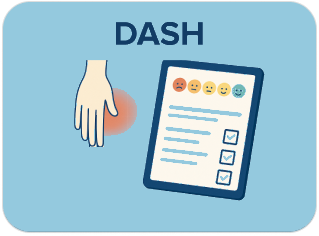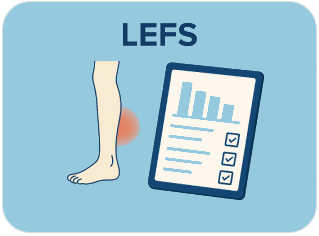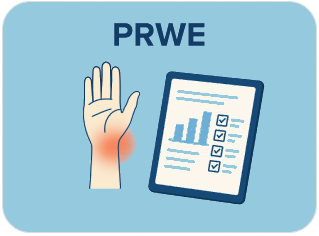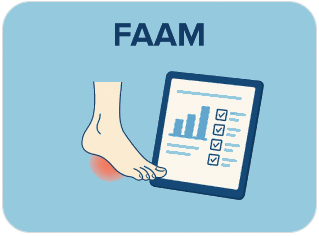Rebuilding Limb Function After Severe Injury— From Trauma Bay to Full Mobility
Empowering care teams, innovators, and strategic partners to improve recovery timelines and long-term outcomes in extremity trauma.
Rebuilding Limb Function After Severe Injury— From Trauma Bay to Full Mobility
Empowering care teams, innovators, and strategic partners to improve recovery timelines and long-term outcomes in extremity trauma.
Streamlined Recovery in Complex Limb Trauma
Complex extremity trauma often involves open fractures, soft tissue loss, and vascular or nerve injury—demanding coordinated surgical, orthopedic, and rehab care. We help hospitals and practices manage this complexity with integrated clinical pathways, patient-reported outcomes, and data tools that enhance decision-making across acute, subacute, and post-op phases. The result is more controlled care delivery, stronger limb preservation efforts, and better patient-reported quality of life.
Powered suported by leading international healthcare service
Bridging Devices With Multiphase Clinical Use
Complex limb trauma devices range from fixation hardware to biologics and sensor-enabled platforms. We provide the infrastructure and insight needed to demonstrate impact, integrate into surgical and rehab workflows, and drive clinical relevance for adoption and investment readiness.
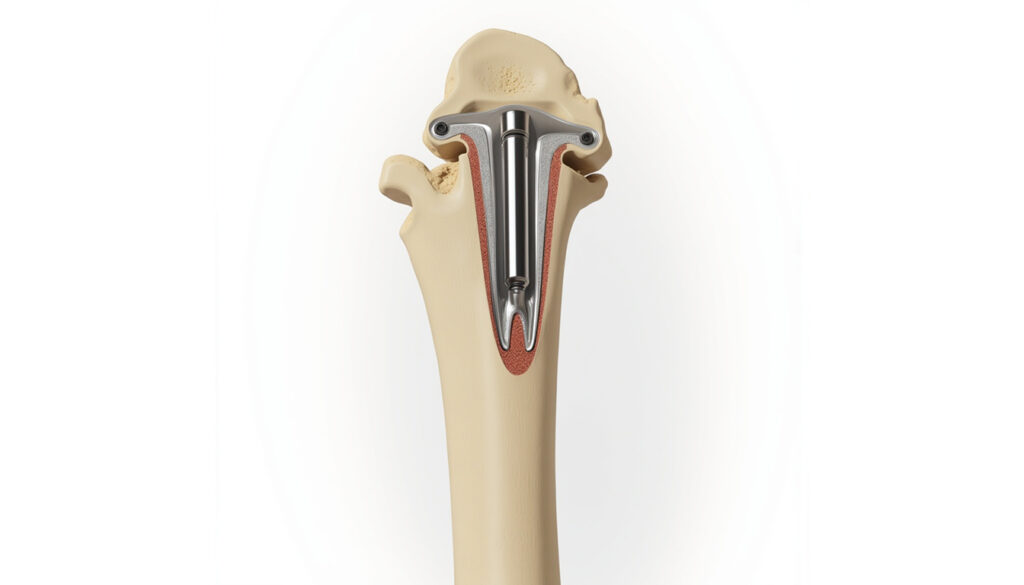
Limb Lengthening Nails
Outcome:
Enable gradual bone reconstruction for trauma-related limb shortening. Best for patients aged 16–40 with segmental bone loss or deformity correction needs.
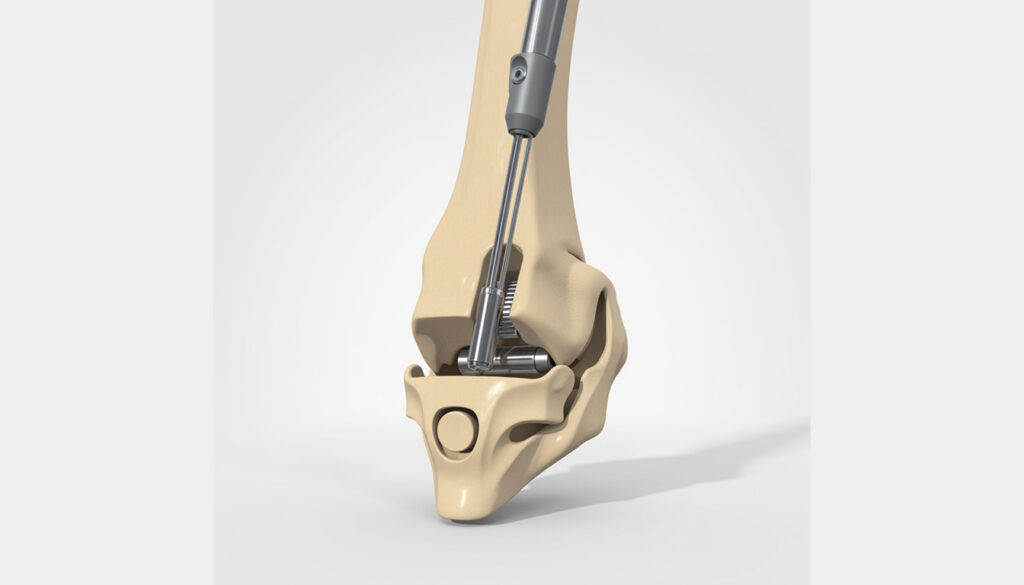
Bone Transport Systems
Outcome:
Facilitate bone regeneration across large defects using mechanical distraction. Commonly used in adults aged 25–60 with infected non-unions or severe post-trauma gaps.
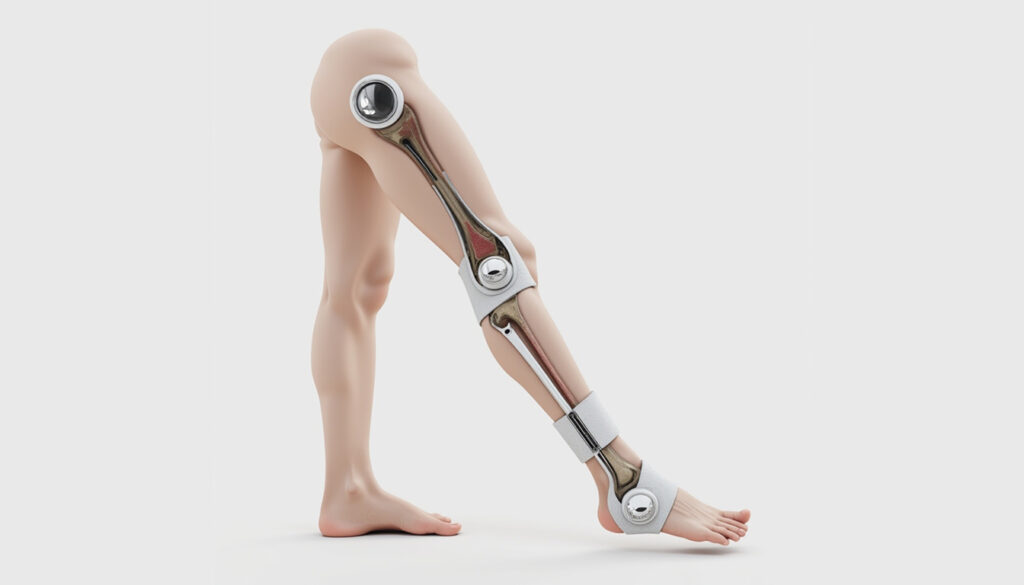
Customized Bracing Systems
Outcome:
Support joint stabilization without compromising mobility. Recommended for patients aged 30–75 in post-op recovery with alignment-sensitive injuries.
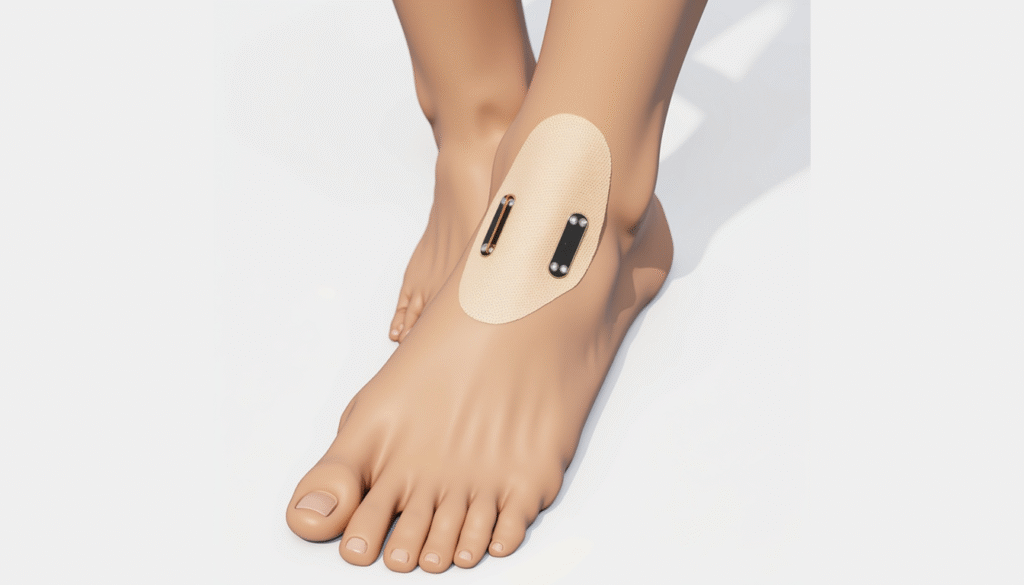
Advanced Skin Substitutes
Outcome:
Accelerate dermal healing in open injuries or soft tissue loss. Effective for all adult trauma patients, especially ages 20–70 during early wound coverage stages.
Unlocking Strategic Value in High-Acuity Care
Limb trauma care is evolving fast—with a growing focus on functionality, long-term outcomes, and interdisciplinary approaches. Whether delivering care or investing in innovation, stakeholders have the opportunity to lead in a field with high unmet need and scalable relevance.
Supports Coordinated Surgical and Rehab Plans
Ensure smoother transitions across all recovery stages.
Promotes Patient-Centered Interventions
Use PROMs to tailor plans based on patient-reported progress.
Reduces Variability in Complex Cases
Standardized pathways improve outcomes and documentation.
Increases Visibility Into Recovery Metrics
Real-time insights for faster clinical adjustment and reporting.
Cross-Disciplinary Usability
Benefits ortho, trauma, plastics, and rehab teams
Supports Global Clinical Standards
Aligns with trauma scoring, registry, and quality metrics.
Infrastructure for Remote and Urban Settings
Applicable from major trauma centers to rural outreach.
Investment-Worthy Expansion
Addresses large patient volumes with measurable outcome potential.
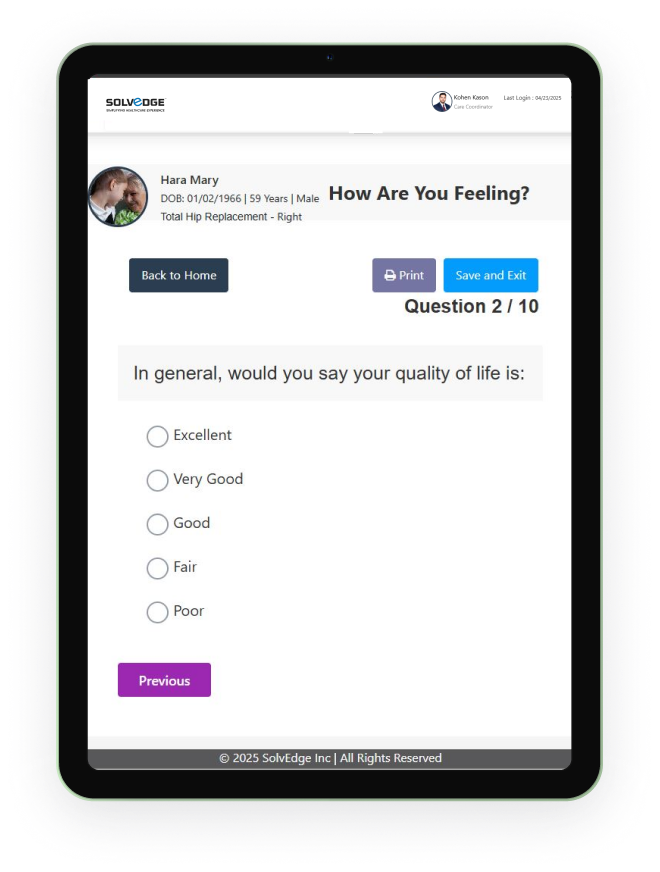

The Next Era of Limb Trauma Care Is Taking Shape—Be Part of It
Let’s build smarter, connected pathways for patients recovering from the most complex injuries.
